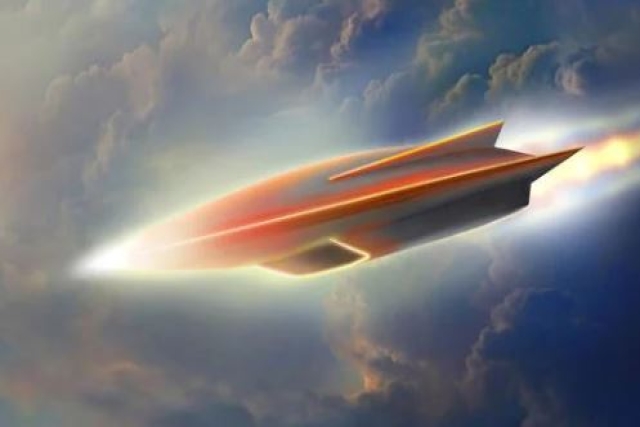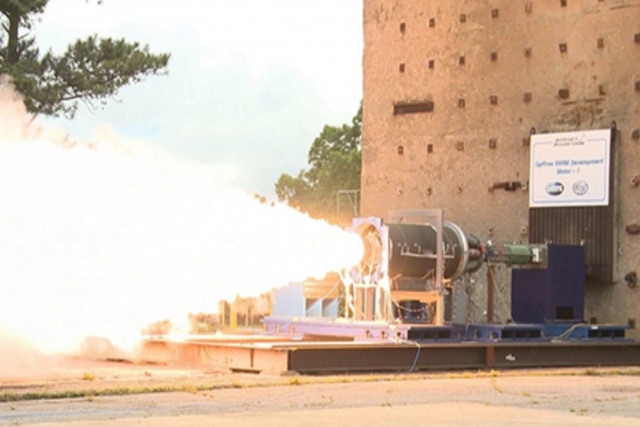Aerojet Rocketdyne Upgrades Space Shuttle Engines for Artemis IV Mission
This will be the first flight of the enhanced Block 1B SLS rocket and the last to use engines from the space shuttle program.

Aerojet Rocketdyne has upgraded the four RS-25 engines for NASA’s Artemis IV space exploration mission.
This will be the first flight of the enhanced Block 1B SLS rocket and the last to use engines from the space shuttle program.
The upgraded the Artemis IV engines will have with modern flight computers to endure higher temperatures from the nearby SLS solid rocket motors.
NASA and Aerojet Rocketdyne tested these flight computers and former space shuttle main engines for the first four Artemis missions at Stennis Space Center in Mississippi.
Artemis IV will debut the upgraded SLS Block 1B rocket with the exploration upper stage, powered by four Aerojet Rocketdyne RL10 engines. The first three Artemis missions use the SLS Block 1 configuration, which features the interim cryogenic propulsion stage powered by a single RL10.
"The SLS Block 1B upgrade is a game changer that will enable the most ambitious missions ever attempted," said Kristin Houston, President of Space Propulsion and Power Systems at Aerojet Rocketdyne, L3Harris. "The new universal stage adapter above the exploration upper stage provides 24% more volume for a co-manifested payload than a standard five-meter-class payload fairing."
Crewed versions of the SLS Block 1B with the exploration upper stage can deliver 38 metric tons of payload to cislunar space in a single mission, compared to 27 metric tons for the SLS Block 1.
This allows over 10 metric tons of additional cargo per crewed mission. Cargo-only versions of the enhanced vehicle can deliver 42 metric tons to cislunar space.
Starting with Artemis V, the SLS rocket will use newly manufactured RS-25 engines that leverage production efficiencies and advances in manufacturing to reduce unit costs by over 30% from the shuttle versions, while also providing higher thrust.













